
The back and neck of humans are composed of 33 small bones called vertebrae. These bones stack one upon the other to create the spinal column.
The spinal column contains and protects the spinal cord while offering support to the head and neck. Then it’s all encased in layers and layers of living connective tissue called the "fascia."
This ingenious live tissue holds everything together and enables movement while paradoxically stabilizing the muscles and joints.
In addition, it protects the body from pathological invaders and gives our body shape and structure.
(Spoiler alert: most cases of neck pain are related to the fascia)
The neck is critical in transmitting messages via nerves through the body. All the different sensations we experience, like heat, cold, pain, etc., travel – via the back and neck - to the brain via a network of nerves.
The neck itself is made up of the top seven cervical vertebrae that form part of the spinal column.
They interconnect with the facet joints (connecting joints) between the vertebrae that, along with the neck muscles, make it possible for us to move our heads in any direction.
In addition, there are sections of cartilage known as “disks” between each vertebra that are surrounded by the deep cervical fascia.
The cartilage and cervical fascia make the spine flexible and function as shock absorbers. When the disks move out of position, we call it a “slipped disk” or "herniated disk."
More Blogs From Release Works
Getting Older Is Not An Excuse To Put Up With Pain
Can I Avoid Getting Scar Tissue After Surgery?
Can Myofascial Release Therapy Help Me With My Pre-op Preparation?
What Are The Symptoms Of Neck Pain?
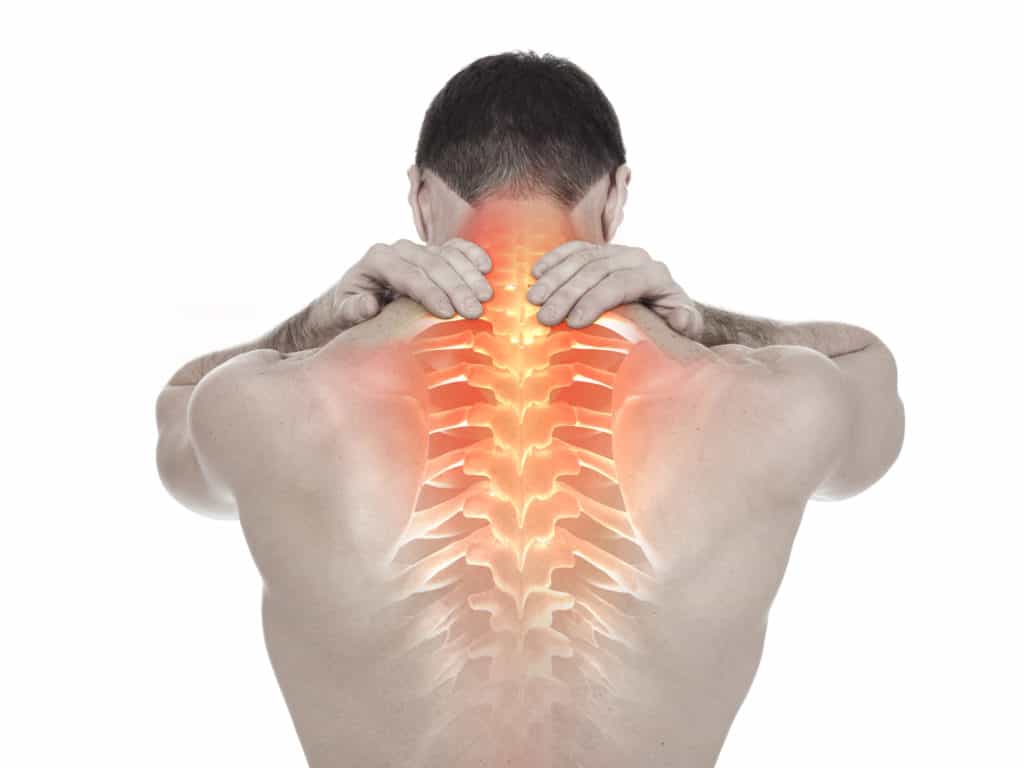
The main symptoms of neck pain are:
Stiffness and pain can occur on any side of the neck or the middle and may stretch to the shoulders or upper chest.
Weakness and pain in the arms
You may develop tension headaches due to neck problems, with pain radiating to the back of the head and, at times, behind the eye or ear.
Moving your neck causes pain with stiffness while sleeping or sitting for an extended time.
You’re not able to rotate your neck freely without pain.
Numbness or a tingling sensation can occur when any nerve gets pinched due to adjoining muscle, tissue, bones, or rigidity and restrictions in the connective tissue. This pinching can cause a tingling sensation or numbness that sometimes travels down the arms to the fingers. But after we resolve the issue, the sensations disappear on their own.
Stiffness and pain that develop suddenly with an inability to lift the arms upwards may be symptomatic of PMR (polymyalgia rheumatica), which is muscle inflammation. This condition generally occurs in people in their mid-60s.
There may be a grating or clicking sound when you move your head because of air bubbles, bones, or tissue grazing each other in the joint. While this occurs in other areas of the body, it is louder in the neck because of its proximity to the ears. Again, the sounds are more common during the later hours of the day and night.
If you get dizzy spells when looking or tuning your head upwards, it could be because of a pinched artery. It may occur because of vertebral changes. Occasionally pinching of the vertebral arteries leads to blackouts because of poor circulation. Since blackouts may also happen because of other underlying medical issues, it is best to get medical advice if you have these symptoms as soon as possible.
When a muscle/s stiffens suddenly, it is called a muscle spasm. There is no medically known cause, but they can cause a lot of discomfort. When these muscle spasms occur in the side of the neck, stiffness and pain make it hard to turn the head. While it generally happens for a day or more, in rare cases, it can continue for weeks.
Do I Need To See A Doctor?
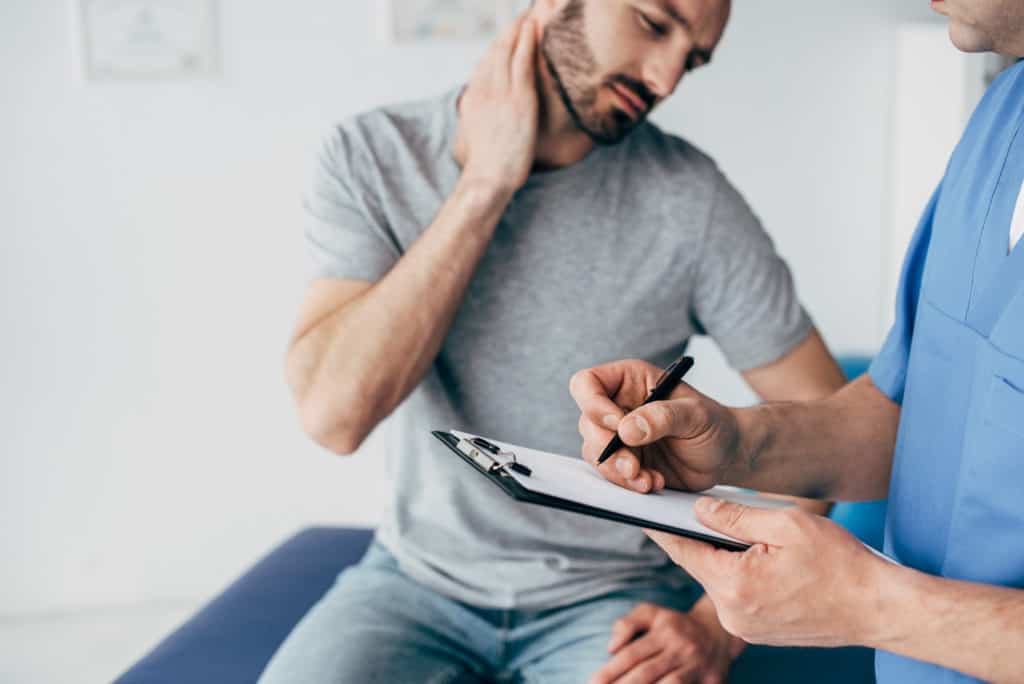
If you have severe neck pain that doesn't improve after a couple of days' rest, you should contact a medical professional for a proper diagnosis.
You should also see a doctor if you:
In rare cases, neck pain can be the result of the following:
All of these conditions require prompt medical attention.
Additional symptoms:
If you suffer from neck pain that disrupts your sleep, it can lead to severe tiredness and fatigue. This, in turn, may lead to mood swings and feelings of depression.
If these issues are affecting you, consult your doctor for advice.
The Standard Approach To Treating Neck Pain
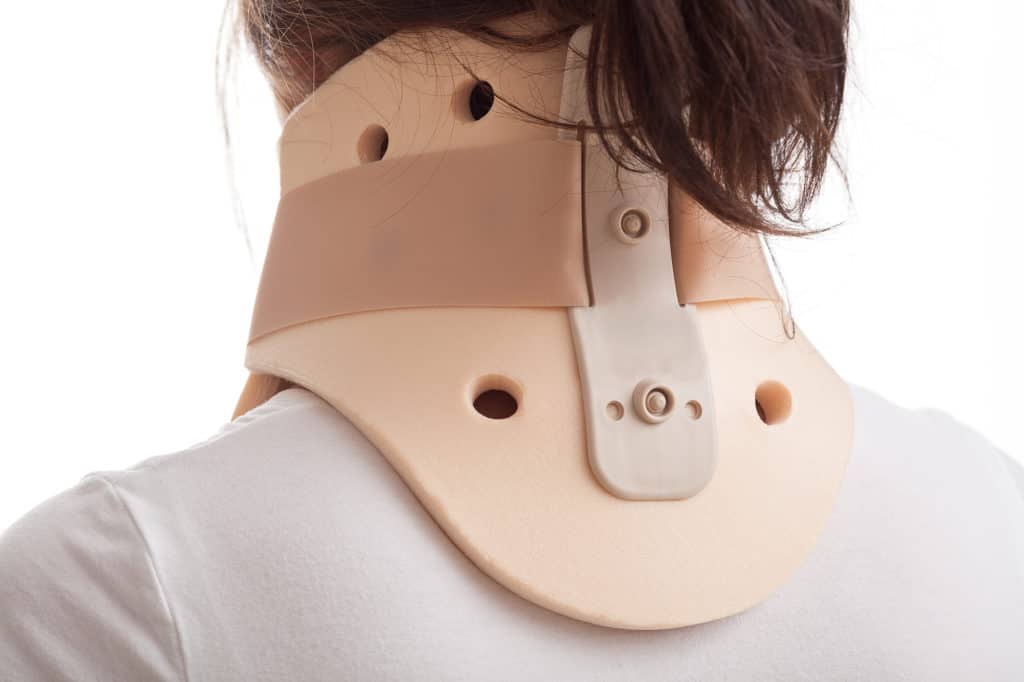
If you present with neck pain, your doctor is likely to suggest the following:
Steroid Injections:
These are given to patients with chronic neck pain and can be in the form of a steroid or local anesthetic injection. Doctors administer these injections into the facets of the vertebra, which they must position precisely to reduce the risk of further damage.
Physical Therapy:
Physical therapists are professionally trained in dealing with neck-related issues, among other musculoskeletal problems within the body.
They prescribe a course of hands-on treatment and exercises that focus on specific areas, often with exercises to be done at home.
This will include stretching movements to increase flexibility and endurance of the neck muscles. Their support can be helpful, but we believe myofascial release therapy and a whole-body approach is ultimately more effective.
Neck Collars:
Many patients find wearing supportive collars that support the neck to be beneficial in pain relief in spondylitis and other conditions. However, you should only wear them for a limited period.
Manipulation:
This is another form of manual therapy (usually performed by an osteopath or chiropractor) that is used to treat stiffness. Manipulations can be painful. Also, it is only beneficial in some conditions and is not a comprehensive treatment for all situations.
What Causes Neck Pain?
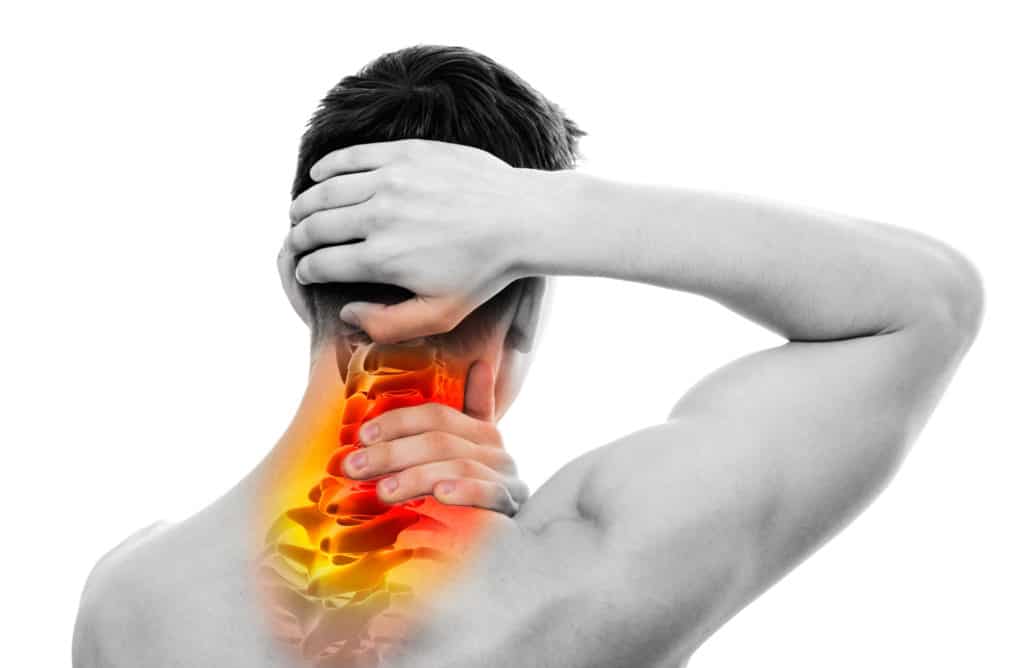
And How Can Myofascial Release Therapy Help?
Most people, along with some traditional physical therapists, attribute all neck pain to an issue with the neck muscles and joints; sometimes, the neck muscles or a cervical joint is the underlying issue.
But in most cases, the issue is actually in your tissues. Your connective tissues, to be precise.
Likely related to chronic stress and tension, emotional distress and trauma, an old injury, or, most likely, a combination of all the above.
Because neck pain isn't just one thing, in our opinion, it's usually many things and years of built-up stress and tension that eventually culminate and are expressed in the body as neck pain.
As Gabor Mate says, it's “when the body says no” after many years of trying to maintain homeostasis in the face of adversity.
Like physical adversity in the form of postural misalignment, muscle weakness, injury, food intolerances and inflammation, and nutrient deficiencies.
Or mental adversity – stress, depression, trauma, grief, and many other emotions that lie in between. Or it could be a combination of the above of all-consuming mind and body stress.
Then, finally, your body just can't take the strain anymore.
That’s what it’s trying to tell you.
Time To Fight Back Against Neck Pain
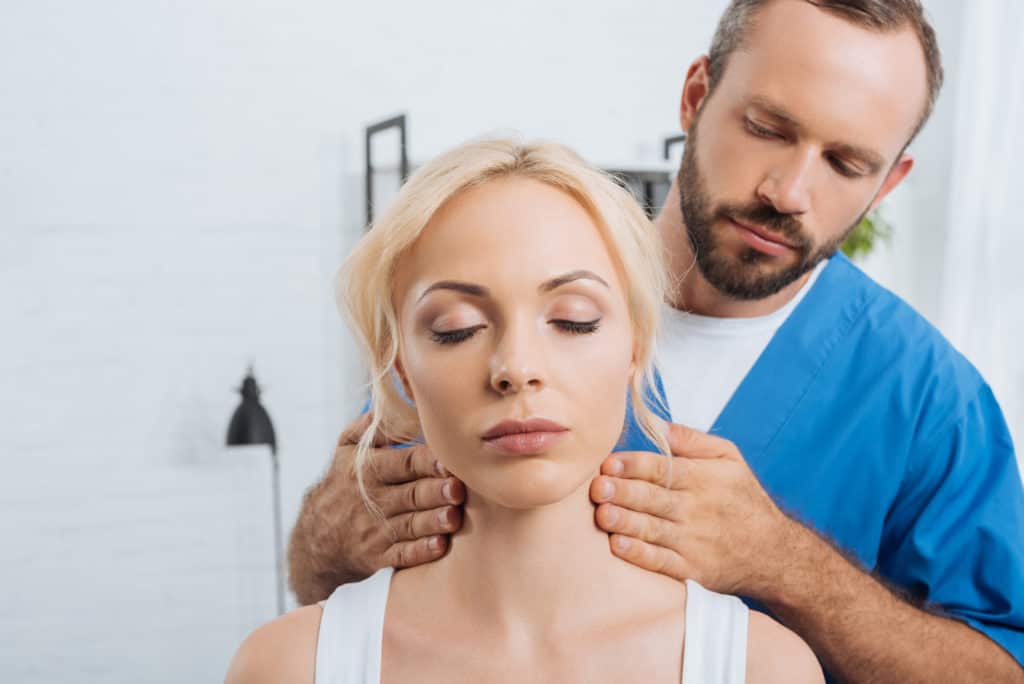
Ignore it at your peril because chronic pain is often an indicator of a forthcoming cascade as your body battles at the molecular level (your cells) to find equilibrium and survive by any means necessary, even if that means creating more pain, inflammation, and dis-ease.
These are all the factors that traditional physical therapists and western medicine doctors overlook, which is why many patients remain in pain for months, years, and even decades – until they seek help from holistic practitioners like us that look beyond the immediate symptoms to identify and unwind what’s really going on.
This strategy is by far the fastest and most effective way to treat chronic neck pain when doctors fail to find the cause. So, if that sounds like you, we can help.
We don't just help you cope with or compensate for problems.
We address them by finding and resolving the root cause, so you can stop popping pills and avoid dangerous surgeries. It's not age or genetics.
It's your story – the stresses you've endured, the hours you've spent hunched over a desk, the injury you suffered as a child.
Neck pain doesn't happen overnight or in a vacuum (unless it results from an accident). So let us help you find and fix the underlying cause(s).
Book a free telephone consultation or discovery visit now.

